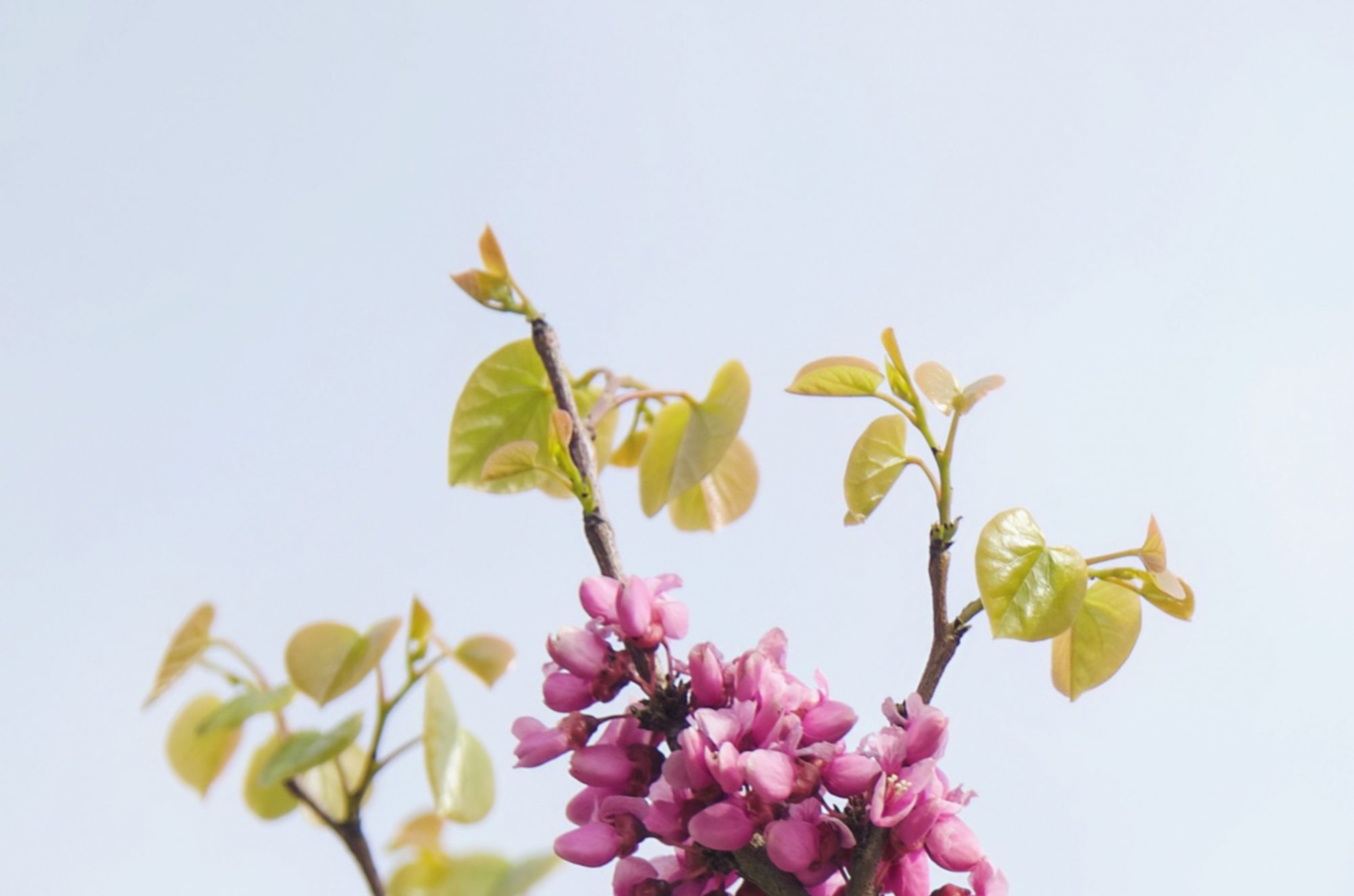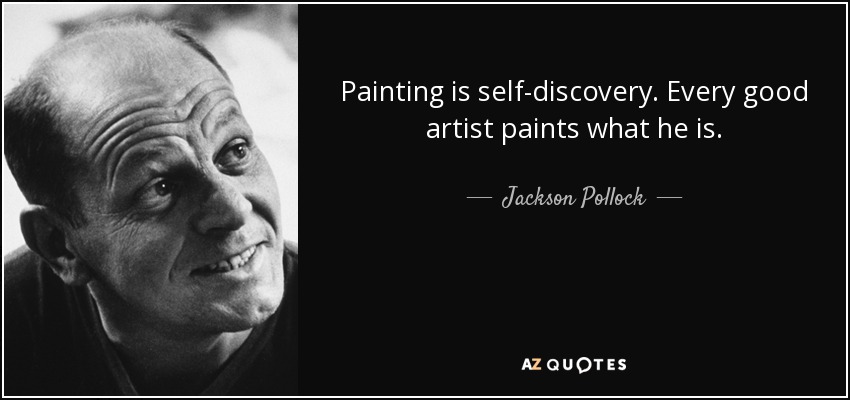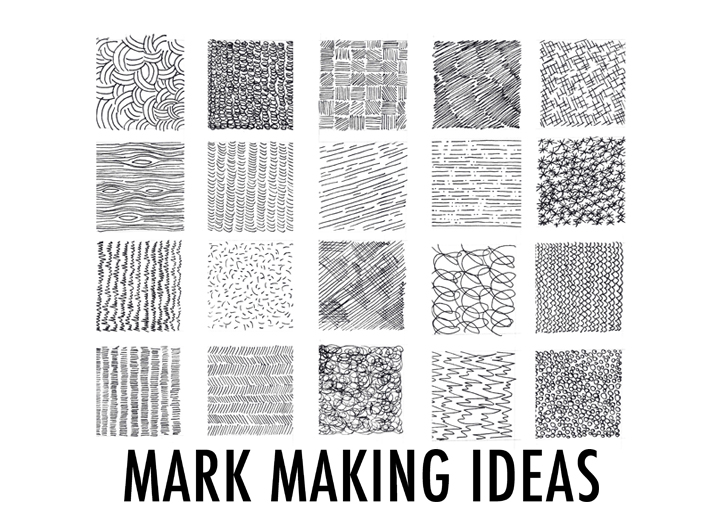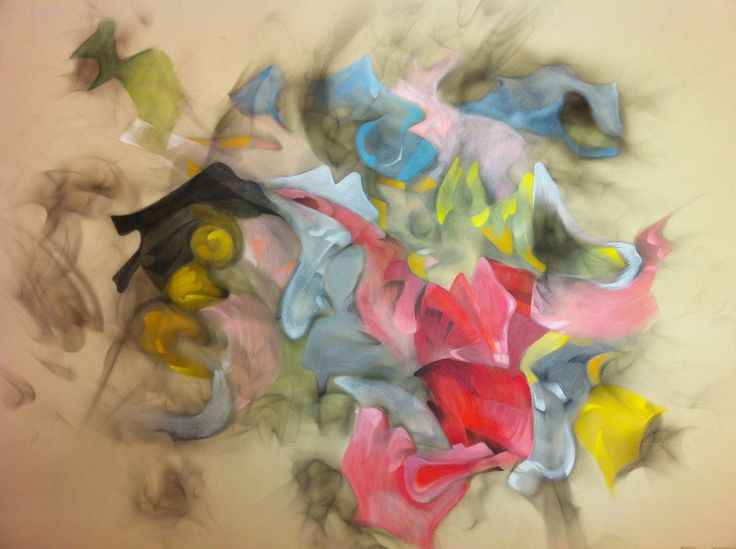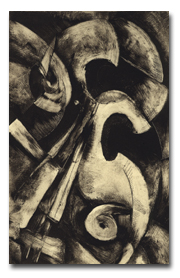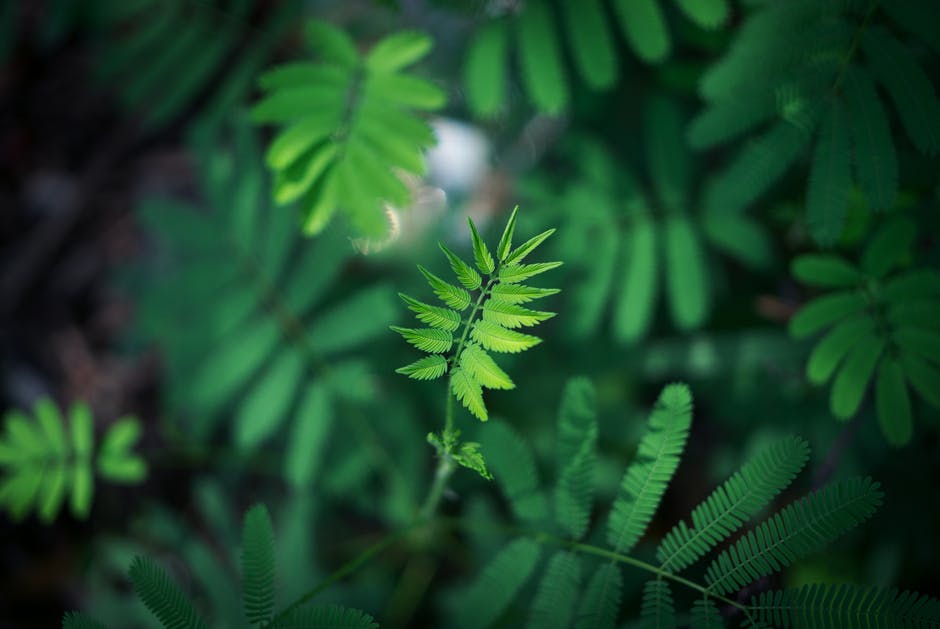Assignment 1: Picture Story-Curating Self
Task 1: Object and representation of self.
As the saying goes, “An apple a day, keeps the doctor away”. My dad kept telling me about the benefits of apples tirelessly when I was a little girl. Apple is not my favorite fruit, however, now it is more than a fruit, and it has become a necessity of my life.
For the first mid-range shot, I put the apple in the center and took the photo from the top down. I did take photos of the apple from various angles, and I decided to choose the photo above because it looks like the apple is floating in the air or falling down.
When I was in primary school, my mom put an apple in my bag every morning I left for school. Every day, there was an apple lying on my desk, listening to the lessons and watching me solving questions, just like deskmate. And it also became a recognizable symbol of my seat in my class. Hence, here comes the second image. In this image, it is obvious to see that I am sitting a little bit far from the apple to show that I didn’t really like eating apples.
This photo was taken following the rule of thirds.
Now, apple is one of my daily necessity. In the third image, I cradled apple in hands and placed it at around the same position of my heart. I was trying to use this close-up shot and focus on the apple to show my love for parents, I want them to know that I cherish everything I have, and I am able to take care of myself even though without them by my side. On the other hand, it shows that I wanna step out my comfort zone and I am learning to accept the sour and face the challenges in my life.
The group of the photos taken above was inspired by Rinko Kawauchi, a photographer from Japan. Kawauchi as a photographer has developed the skill to create poetic moments and purity from everyday objects. I was also trying to achieve what she does in her images to create a beautiful picture out of an ordinary object, with a light tone and shallow depth of field.
Task 2: My World
Library is a place that is significant to me. It is a place where I go with my friends after class, and with my mom on weekends. Although I spent most of my leisure time in the library during my childhood, I am not a bookworm. But my mom is, she likes reading and she dreamt of becoming a writer when she was young. Personally, I really enjoy staying at a place like a library where has extra-high ceiling and huge windows on the walls. And I like such a quiet place and everybody there seems like they are immersed in their own world. It provides a kind of invisible power for me, which makes me concentrate on my own work and be more efficient, therefore I prefer to go to the library to study.
In the first photo, I tried to make things in symmetry.

One point perspective shot to show how organized and tidy the library is. All the bookshelves arranged in lines, and all the books are neatly laid out.
The third photo was taken following the rule of thirds. I use the green apple to represent myself in the library. The photo was taken in ADM library to show that I am currently a student here.
For the three photos above, I tried to make the library look like a ‘wonderland’ by increasing the saturation and contrast of the image to show that how interesting and magical the world is. As reading is a way for traveling as well, we can see everything and go anywhere we want in our mind through a book. Therefore, the library is a place for me to create my own world.
The last photo was taken following the rule of thirds and using the contrast of lighting to show that books can guide us and light up our lives. Sometimes, I feel that reading a book likes we are passing through a tunnel, probably we cannot see and understand anything at first, it is a process of exploration and discovery. In the end, we will see the light and the fascinating world out there.
